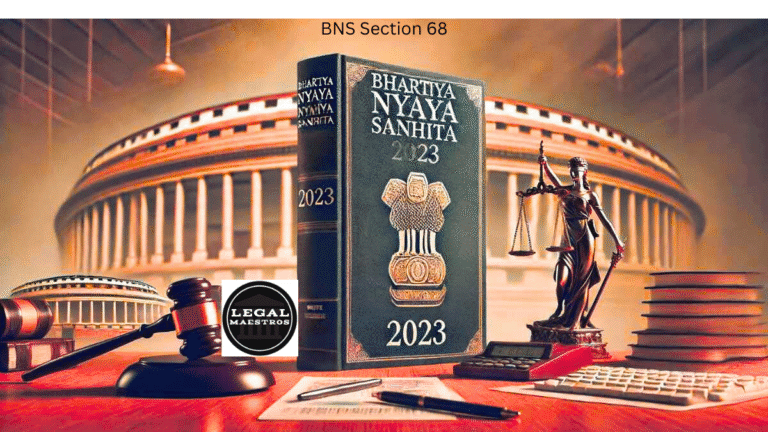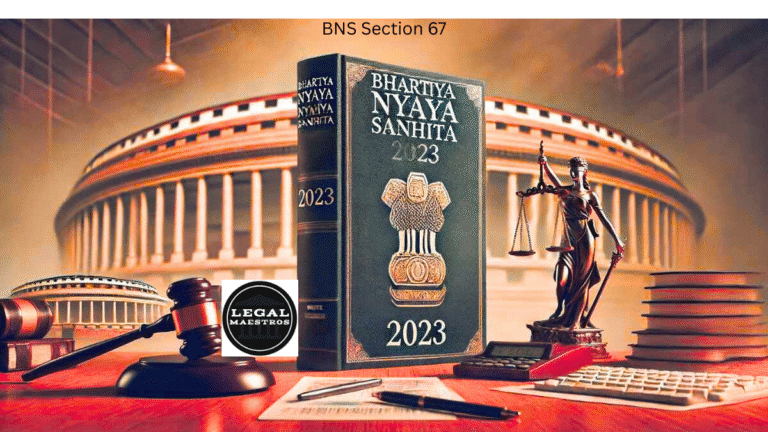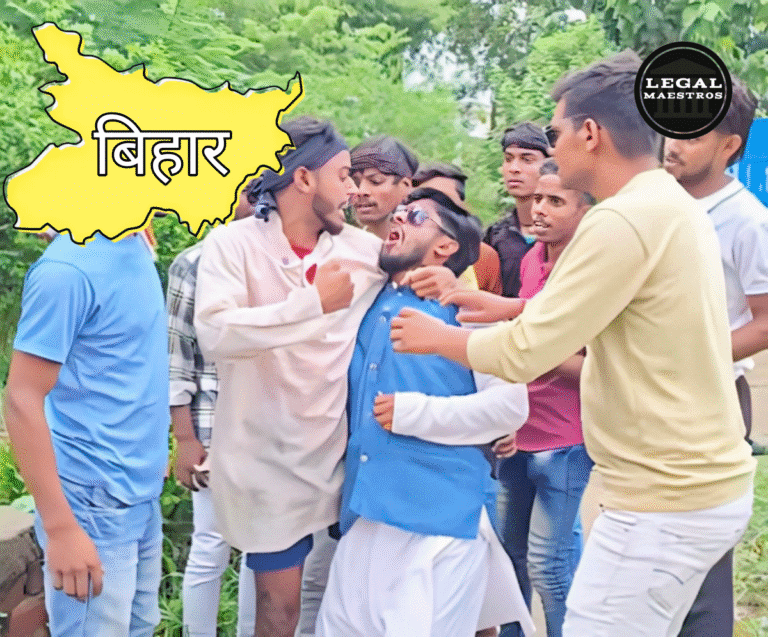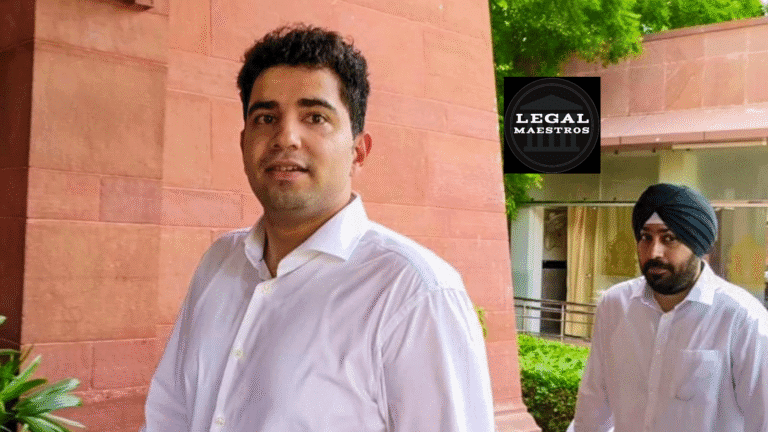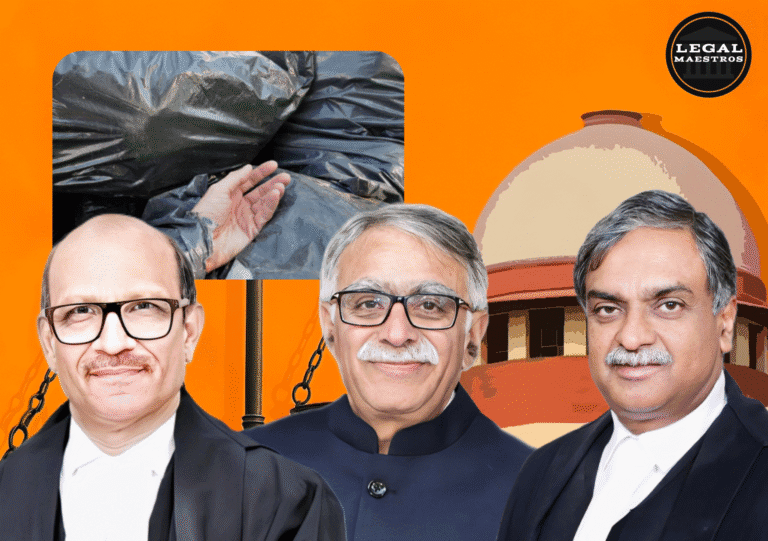
Section 39 of the Bharatiya Nyaya Sanhita, 2023: Limits of Private Defence to Non-Lethal Harm
The Bharatiya Nyaya Sanhita (BNS), 2023, which took the place of the Indian Penal Code, is the comprehensive legal document that sets the basis for criminal law in India. The extent to which an individual is able to utilize their right to private defense when confronted with certain offenses is particularly addressed in Section 39 of the BNS.
Section 39’s Scope and Purpose
Section 39 stipulates that the right to private defense does not extend to causing the death of the assailant if the offense does not fall under the serious categories listed in Section 38. These categories include assaults that cause reasonable apprehension of death or grievous hurt, as well as assaults with intentions such as rape, kidnapping, or acid attacks. On the other hand, it does permit the voluntary infliction of any harm other than death on the person who is committing the assault, provided that the conditions established in Section 37 are adhered to. Citizens who are members of the Complaint Hub Community
Consequently, this indicates that an individual is able to defend themselves by inflicting non-lethal injury in circumstances where the threat is not life-threatening or does not constitute severe harm, given that the response is reasonable and required. Citizens who are members of the Complaint Hub Community
For More Updates & Regular Notes Join Our Whats App Group (https://chat.whatsapp.com/DkucckgAEJbCtXwXr2yIt0) and Telegram Group ( https://t.me/legalmaestroeducators ) contact@legalmaestros.com.
Examples to Illustrate the Point
In the first example, Ravi is walking home late at night when he is unexpectedly ambushed by a group of men who are attempting to rob him. Defending himself, Ravi engages in a fight back. A fractured nose and a few bruises are the result of his punching one of the attackers while he is in the process of doing so. Ravi’s actions are deemed to be appropriate since he is acting in accordance with Section 39 of the Bharatiya Nyaya Sanhita 2023, which states that he is exercising his right to private defense. On the other hand, Ravi’s actions would not be justified under this clause if he had used excessive force that led to the death of the person who attacked him. ([KanoonGPT] (two))
The second example involves a person being smacked in the middle of an argument. As an act of retaliation, they make use of a weapon, causing the aggressor to sustain severe injuries. Given that the first threat did not involve a risk of death or serious injury, this response might be considered disproportionate considering the circumstances. According to Section 39, the right to private defense in these kinds of instances is restricted to causing harm commensurate with the level of danger that is being confronted.
For More Updates & Regular Notes Join Our Whats App Group (https://chat.whatsapp.com/DkucckgAEJbCtXwXr2yIt0) and Telegram Group ( https://t.me/legalmaestroeducators )
A precedent in the law is the Beed Windmill Case, which was reported in.
It is important to note that the Beed windmill event is a crucial example that highlights the use of private defense laws. After shooting and killing one of many armed robbers that assaulted a windmill facility in Mahajanwadi, Beed district, in May 2025, Roopsingh Tak, a security guard and former serviceman, was arrested for culpable homicide not amounting to murder. This occurred after he had shot and killed one of the terrorists. After they started throwing stones at him, Tak fired once in the air and once at the people who were attacking him. As a result of the occurrence, questions were raised regarding the appropriateness of the use of force in self-defense. The authorities highlighted that proportionality is the most important factor, despite the fact that licensed firearm use in self-defense is permitted. Ganesh Gadhe, an advocate for the high court, made the observation that the allegation of culpable homicide would be upheld if Tak exceeded the limits of private defense without intending to kill. If this was not the case, however, he might face exoneration. According to [The Times of India][3]
The bounds of the right to private defense are described in Section 39 of the Bharatiya Nyaya Sanhita, 2023. This section emphasizes that the use of fatal force is not justified unless the threat falls into specific severe categories that are outlined in Section 38. It is permissible for individuals to protect themselves against less severe threats by causing harm that is not lethal, provided that the response is appropriate and complies to the constraints that are outlined in Section 37. Having a thorough understanding of these intricacies is absolutely necessary in order to guarantee that actions conducted in self-defense are in accordance with the legal framework and do not result in unforeseen legal consequences. Citizens who are members of the Complaint Hub Community


